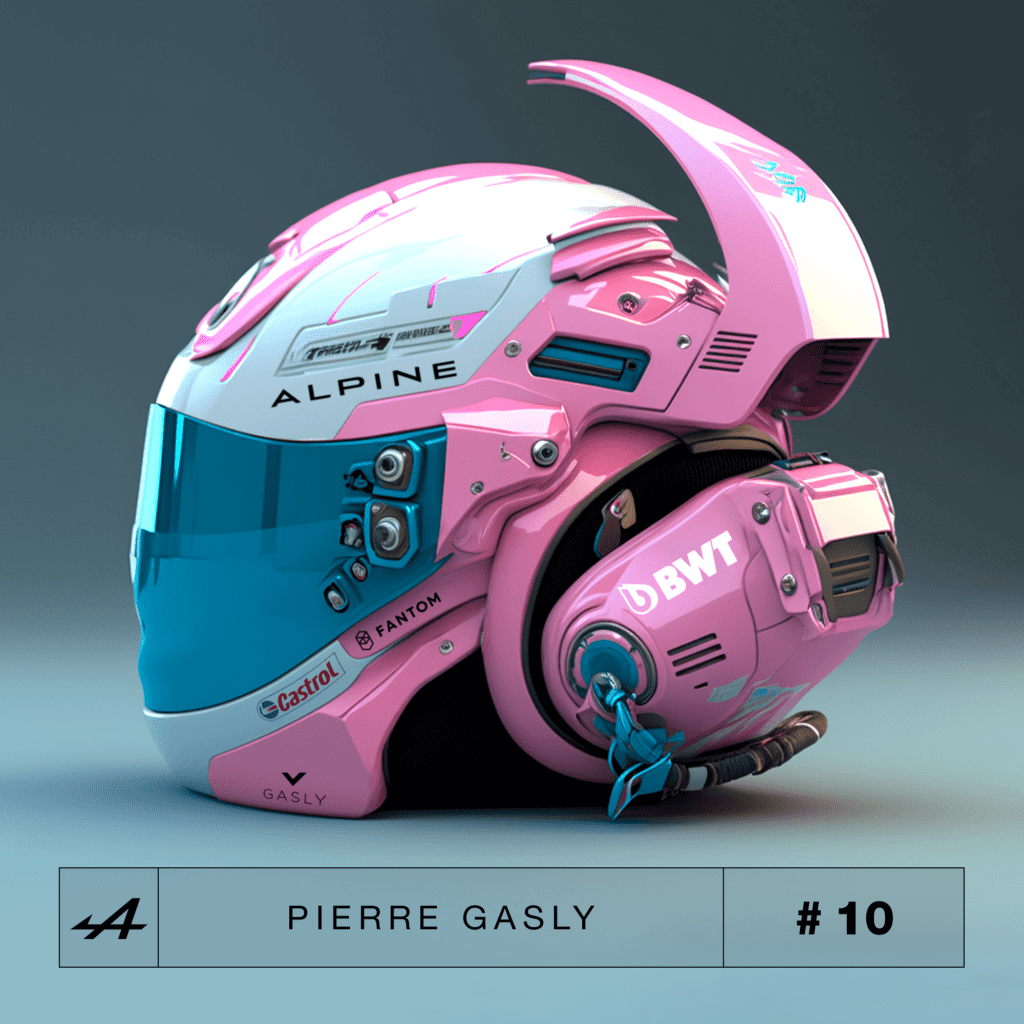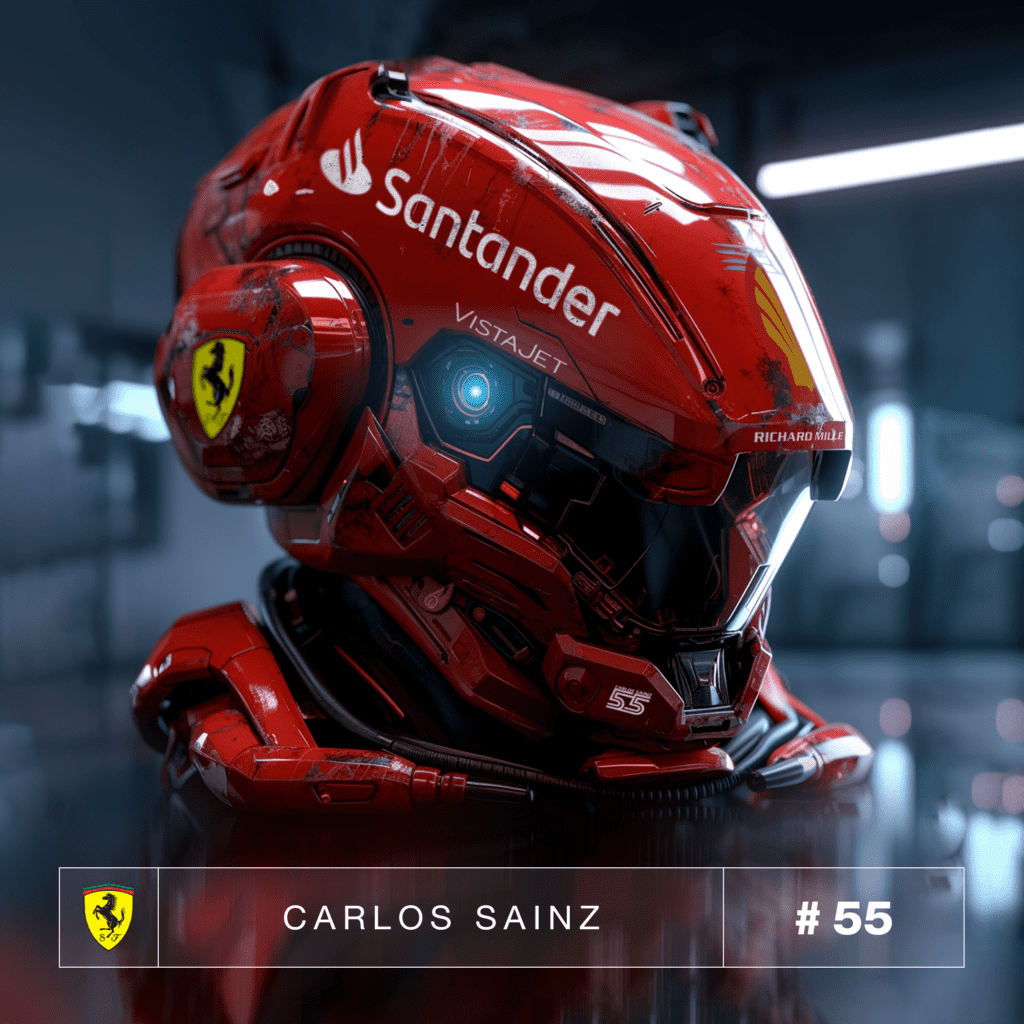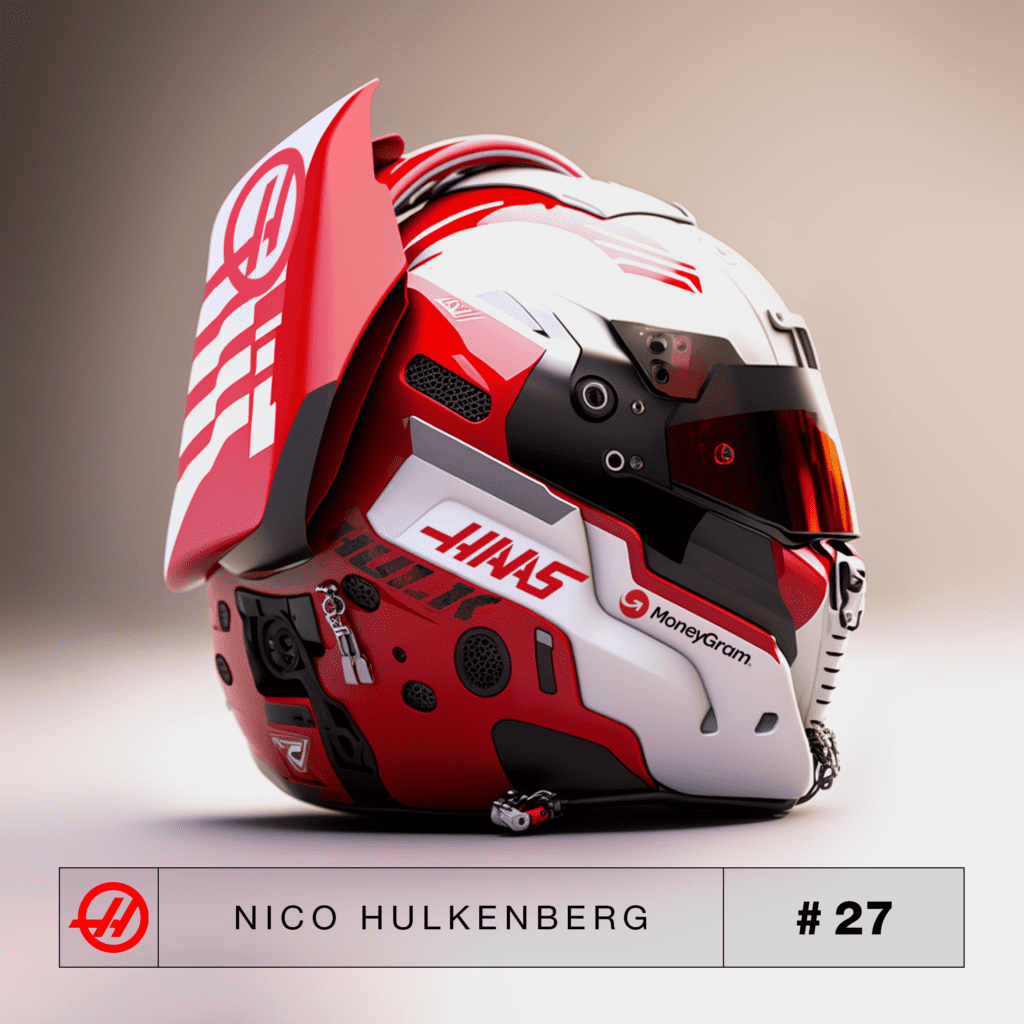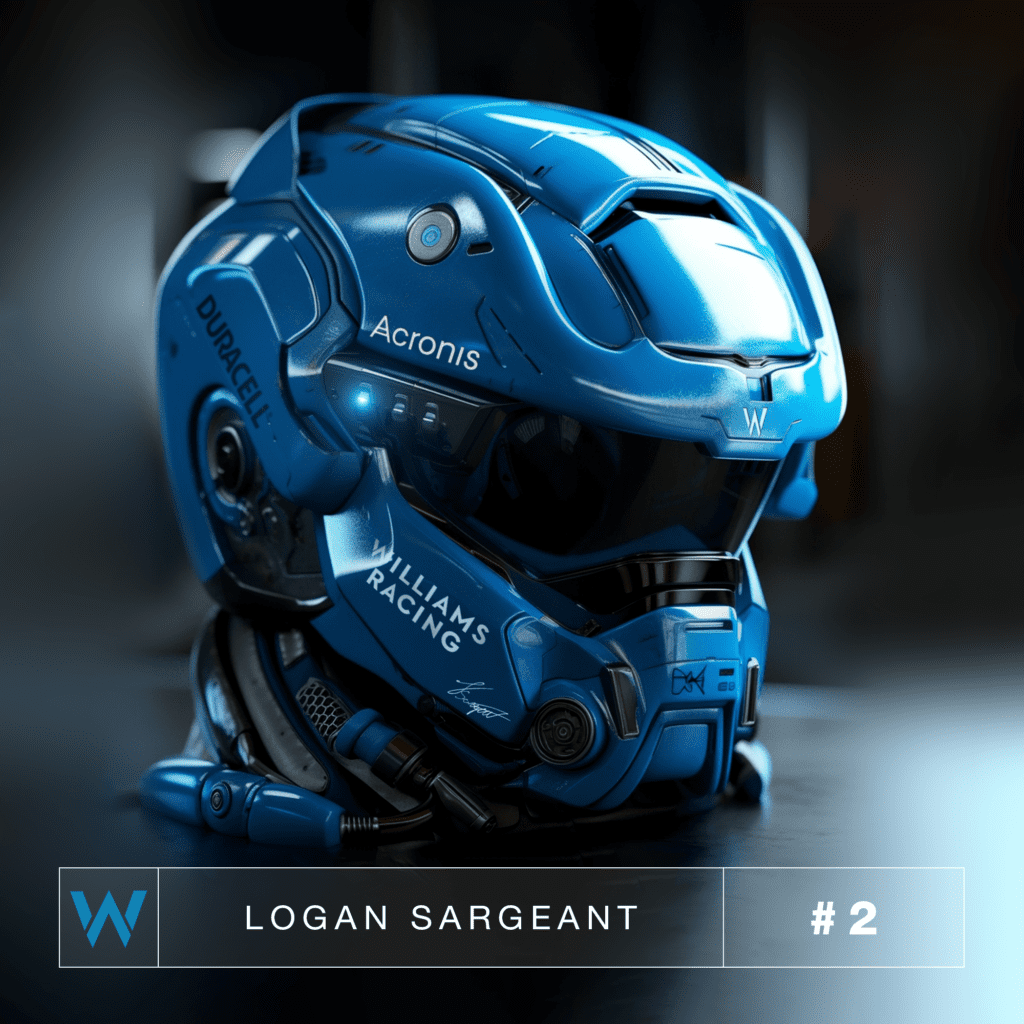Unlocking the Differences: NFTs and Digital Collectibles Demystified
Fast Facts:
- NFTs (Non-Fungible Tokens) are unique digital assets that represent ownership of a specific item, while digital collectibles encompass a broader range of digital items, including fungible assets like in-game currencies.
- NFTs gained widespread attention with the rise of blockchain technology and have revolutionized the art and collectibles market.
- Digital collectibles, such as in-game skins or virtual trading cards, often focus on utility or gameplay enhancements rather than rarity or uniqueness.
- While NFTs can be bought, sold, and traded on various marketplaces, digital collectibles are typically limited to specific platforms or ecosystems.
- Both NFTs and digital collectibles offer new opportunities for creators, collectors, and investors in the digital realm, but their fundamental characteristics and applications differ significantly.
The world of digital assets has expanded exponentially, bringing forth a multitude of new opportunities and challenges. Among these innovative creations, two distinct categories have captured the spotlight: Non-Fungible Tokens (NFTs) and digital collectibles. While they may seem interchangeable at first glance, a closer examination reveals significant disparities in their essence and applications.
Understanding NFTs
NFTs have emerged as a groundbreaking concept, leveraging blockchain technology to authenticate and establish ownership of unique digital assets. These tokens provide a certificate of authenticity and immutable ownership history, revolutionizing the art market and paving the way for digital ownership. For instance, renowned artist Beeple’s artwork, “Everydays: The First 5000 Days,” was sold as an NFT for a staggering $69 million. NFTs unlock new possibilities for creators, enabling them to monetize their digital works directly and connect with a global audience.
Exploring Digital Collectibles
In contrast to NFTs, digital collectibles encompass a broader spectrum of digital items. These collectibles often focus on utility within specific platforms or ecosystems, catering to the preferences of gamers and enthusiasts. For instance, in the popular game Fortnite, players can acquire digital skins, emotes, or other in-game items to customize their characters or enhance their gameplay experience. Unlike NFTs, the value of digital collectibles is not primarily derived from rarity or uniqueness but rather from their utility and desirability within the game’s ecosystem.
“In the vast realm of digital assets, NFTs stand as the flag bearers of ownership revolution, while digital collectibles offer an interactive canvas for personalization and immersion.”
The Unique Appeal of NFTs
NFTs offer a novel way for artists, musicians, and creators to monetize their digital creations by leveraging blockchain technology. Through the tokenization of their work, creators can establish provable ownership, access new revenue streams through secondary sales, and engage directly with their audience.
The Dynamic World of Digital Collectibles
Digital collectibles have found a home within various online communities and gaming platforms, providing users with a range of unique and customizable experiences. These collectibles often serve as status symbols or personal expressions, adding an extra layer of engagement and enjoyment to the user experience.





















